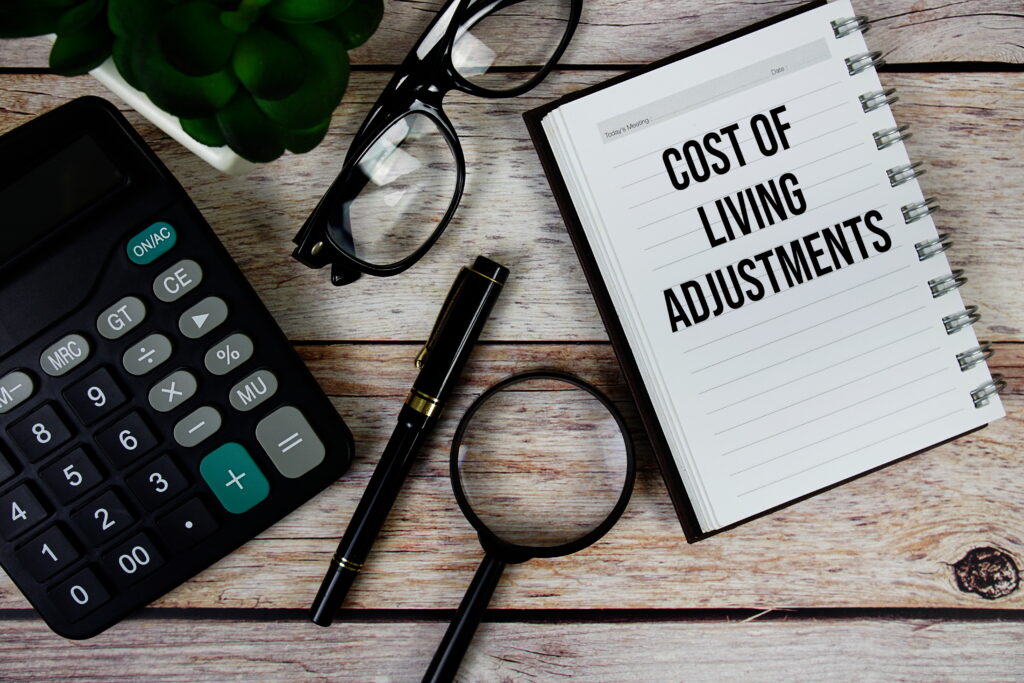Understanding your annual expenses is a solid first step toward taking control of your finances. A lot of our expenses revolve around yearly cycles, like taxes, car registrations, and insurance premiums. When you gain a clear understanding of these annual expenses, you can plan ahead, and make better financial decisions (like cooking more once you realize the fortune you’ve spent eating out and on delivery). Here are some steps to help you get a handle on your annual expenses.
1. Create a comprehensive budget
The cornerstone of understanding your annual expenses is a comprehensive budget. Start by listing all your sources of income, like your salary, investment income, and any other money you have coming in (including side gigs). Next, sort your expenses into fixed (things like monthly rent, cell phone bills), variable (groceries, gas), and occasional (gifts, travel) categories. This includes your monthly bills, groceries, transportation costs, and things that cost you money at varying times throughout the year.
2. Account for irregular expenses
Some expenses, like property taxes, insurance premiums, or annual subscription fees, occur on a less than regular basis. You’ll want to be sure to account for these in your budget. Divide the annual cost of each irregular expense by 12, and set aside that amount each month in a designated savings account. That way, when the bill does come due, you’ll have the funds ready.
3. Review last year’s spending
Look back at your expenses from the previous year. Review your bank statements, credit card statements, and any financial records you have. This will give you a clear picture of what you spent in each category over the year. Use this information to adjust your budget and identify areas where you can cut back.
4. Plan for financial goals
A detailed understanding of your annual expenses is essential for planning and achieving your financial goals. Whether you’re saving for a vacation, paying off debt, or building an emergency fund, having a realistic grasp of your annual expenses allows you to allocate money more effectively. Set specific savings targets for each of your goals, and make them a part of your annual budget.
5. Use technology
Technology can make your financial life way easier. From budgeting apps to other financial tools that can help you monitor your spending, set reminders for irregular expenses, and visualize your financial progress—use them to your advantage. Brigit’s Finance Helper can help you track your spending and earnings.
6. Stay flexible
Life’s full of surprises, and your financial situation may change throughout the year. This is your reminder to remain flexible with your budget. Be prepared to adjust your spending as needed based on unexpected events, changes in income, or shifting financial priorities.
7. Review and revise
Regularly review your budget and your spending to stay on track with your financial goals. To make it easy, choose a day at the end of the month to get a grasp on where you’re at and make any adjustments. Staying on top of this keeps you aware of your financial standing and helps you avoid any bad surprises.
Annual expenses: the bottom line
Understanding your annual expenses is key to financial success. By creating a comprehensive budget, accounting for irregular expenses, reviewing your past spending, planning for financial goals, using helpful technology tools, and staying flexible, you’ll have a full understanding of your financial situation at all times. That means you can make informed decisions, allocate resources efficiently, and work toward a more secure financial future.










